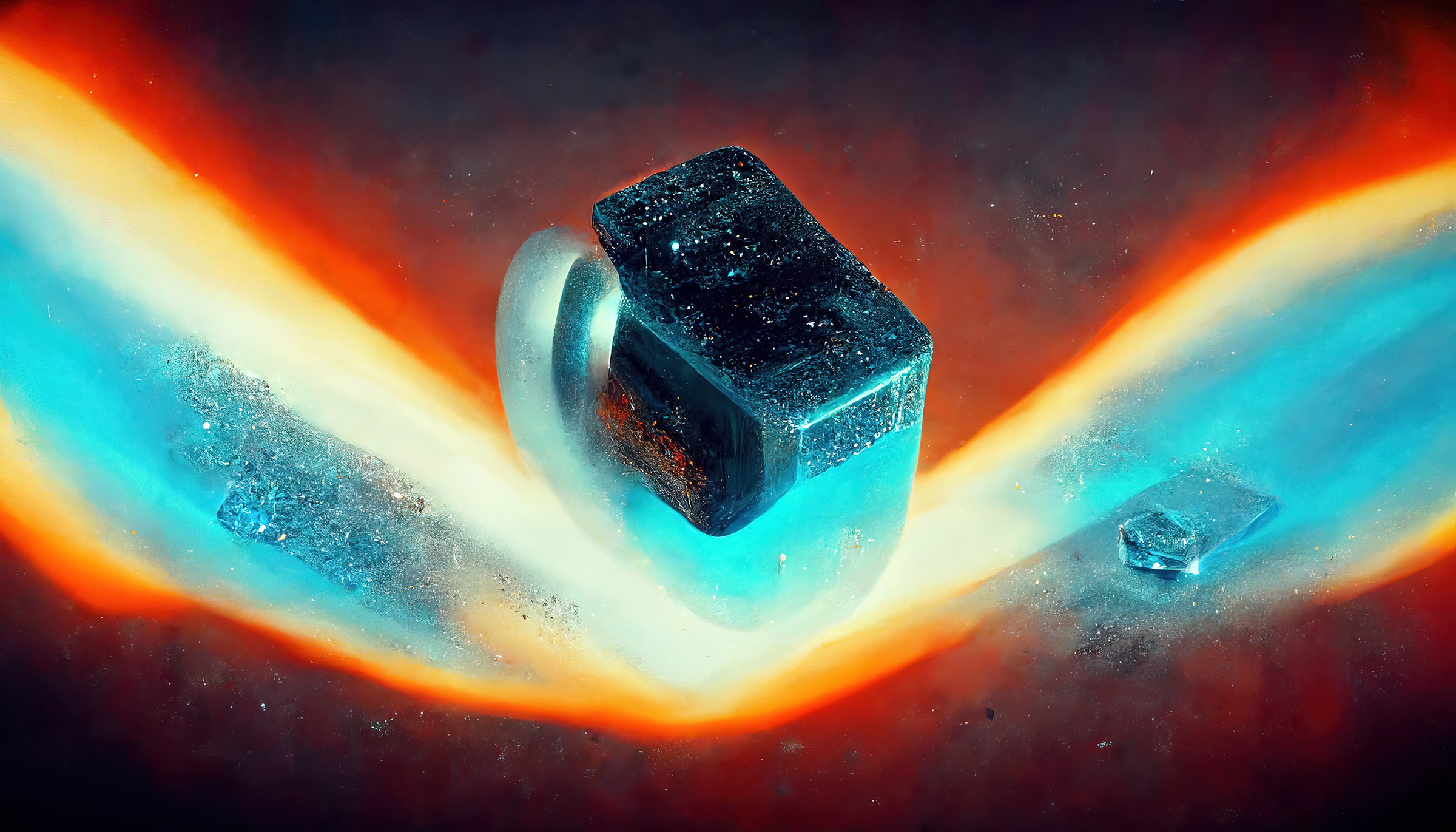MIT scientists hit a major fusion milestone in the quest for limitless energy
Superconducting magnets discovered by MIT scientists in 2021 are finally ready for fusion reactors, some scientists say. The new type of magnet was developed by researchers at the Plasma Science and Fusion Center (PSFC) at MIT. The researchers have now published several papers on the discovery, confirming that the magnets can meet the challenging conditions of a fusion power plant.
Unlocking the power of nuclear fusion has been a long-standing goal for scientists hoping to harness the energy that fusion generates to create a clean energy source that can replace fossil fuels and dangerous nuclear fission operations.
The idea of emulating nuclear fusion like that seen in the sun could completely unlock “limitless energy” for humanity to take advantage of. But it’s not as easy as some had hoped it would be. It takes extremely powerful magnets to hold the fusion fuel in place. That’s where these recently discovered superconducting magnets come into play.

Similar magnets are currently in operation at the Tokamak fusion reactor, where they have to maintain four degrees Kelvin (-270 degrees Celsius) to operate. After years of trying, scientists are finally managing to extract a little more energy from the reaction than they are putting in.
But, these new superconducting magnets are designed to function at 20 Kelvin (-253 degrees Celsius). They’re made from rare-earth barium copper oxide (REBCO), and the researchers who developed them say they have several advantages compared to the other materials used to create similar magnets.
One major difference with these REBCO magnets is that they require less insulation than other superconductor-based magnets. Many conventional magnets of this type are insulated similarly to electrical wires. However, REBCO was left bare, allowing for greater conductivity.
